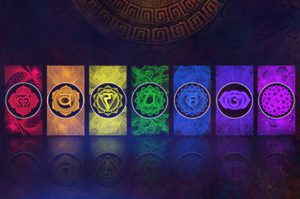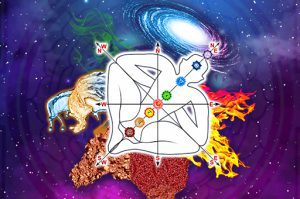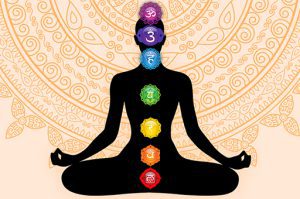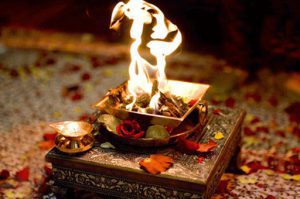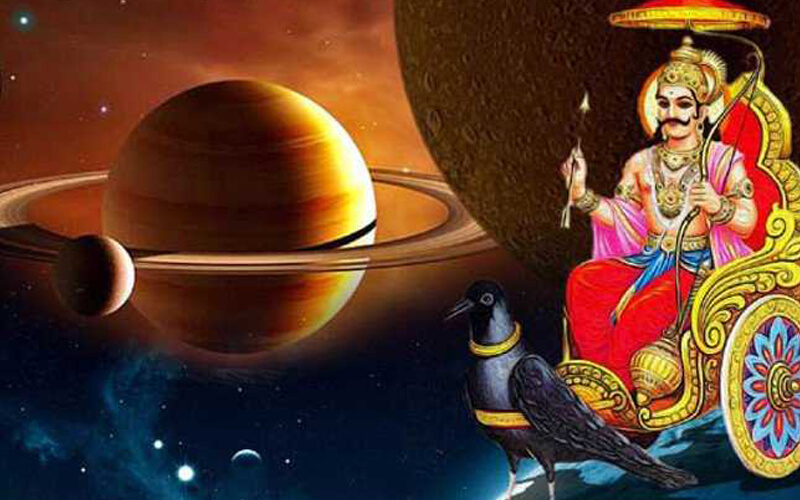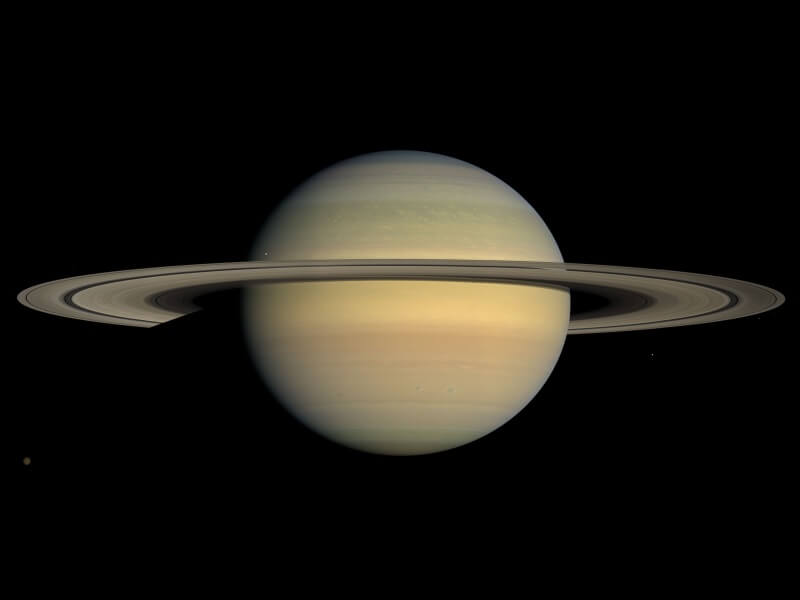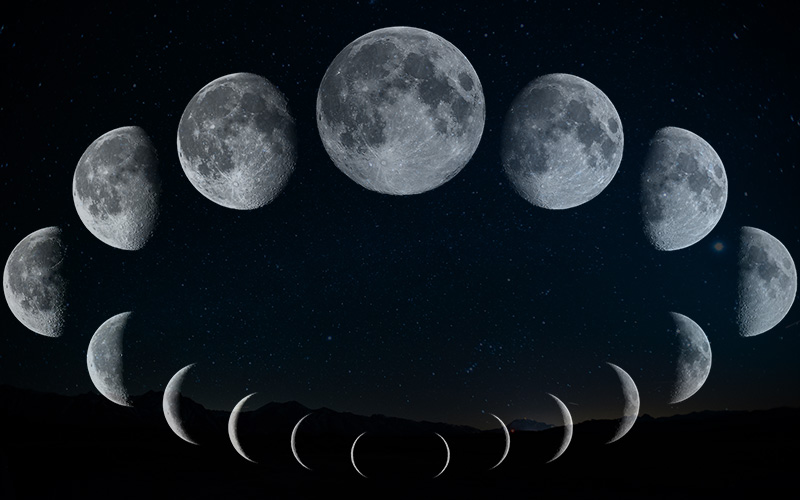
The Moon holds a special place in Vedic culture where all festivals are designed around lunar movements. As the heavenly body closest to Earth, the Moon has a great effect on our minds. It represents the feminine, emotional, creative and nurturing side of our lives. At one level, it is a reflection of the Sun, in the same way as a Soul is a reflection of the Universal Consciousness.
A complete cycle of the moon takes exactly 28 days, altering in periods of waxing and waning. In the Vedic system of time, a tithi is a lunar day. There are 15 tithis in the waxing cycle of the moon and 15 tithis in its waning cycle. The waxing moon period is called Shukla Paksha, the time for growth, prosperity and power. It is the recommended time for auspicious activities. The waning Moon is called Krsna Paksha, the time for withdrawing within and practicing sadhana.
Tithis and their significance
Tithi plays an important role along with nakshatra in the daily Hindu life as well as special activities in selecting the muhurta. Here are some important tithis in the lunar month.
Prathama or the first lunar day is ruled by Agni and is good for all auspicious and religious activities.
Chaturthi, the fourth lunar day is ruled by Ganpati and is good for destruction of enemies, removal of obstacles and acts of combat.
Saptami, the seventh lunar day is ruled by Surya. One may begin a journey, buy conveyances, and deal with things of a movable nature.
Ekadashi, the eleventh lunar day is ruled by Rudra and has special religious significance in Hinduism. It is the ideal day for fasting, devotional activities and remembering the Supreme Lord.
Trayodashi, the thirteenth lunar day is ruled by Cupid and is good for forming friendships, sensual pleasures, and festivities.
Amavasya, the fourteenth day. The Pitru-devas rule the New Moon and this is suitable for the propitiation of the ancestors and for performance of Sadhana. Festivals such as Mahashivratri, Diwali and the first day of Navratri falls on the new moon days.
Purnima is ruled by Moon herself and is suitable for celebrations and yajnas. Many Hindu festivals such as Holi, Raksha Bandhan, Satyanarayan Puja and Guru Purnima are observed in Purnima, when the Moon is powerful in its effect.


